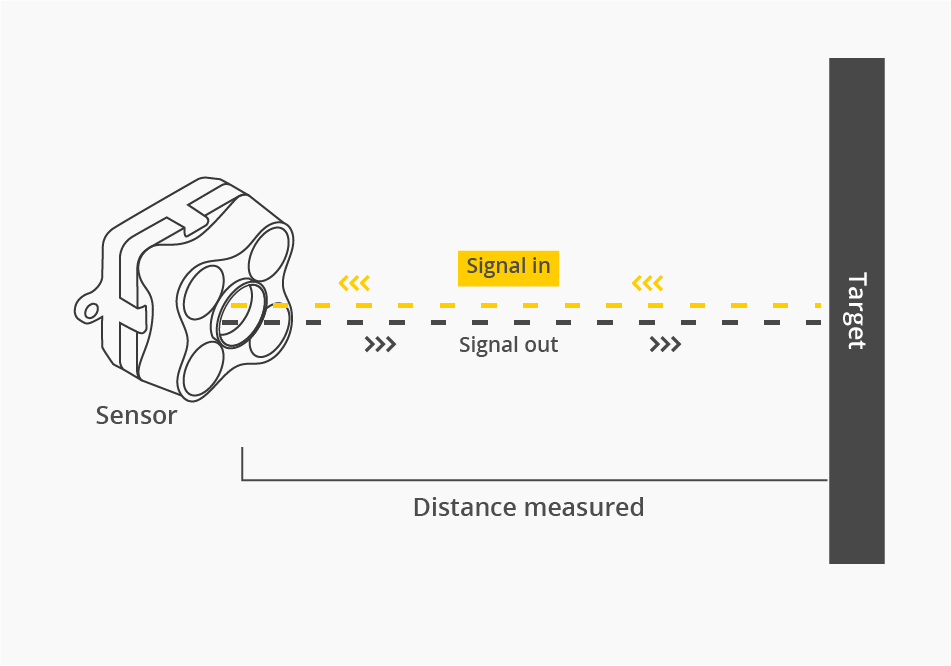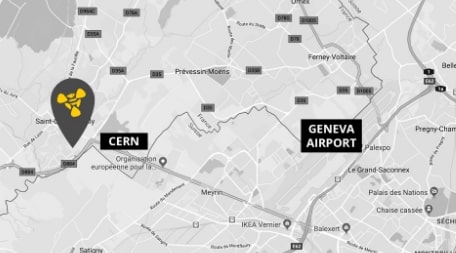Time-of-Flight cameras: The history & latest developments

What is a Time-of-Flight Camera?
A Time-of-Flight camera is an advanced sensing array that can acquire accurate distance data from a scene. Sometimes abbreviated to ToF, the Time-of-Flight principle essentially involves measuring the round-trip time of a light signal – in most cases infrared – emitted from a ToF device. Time-of-Flight cameras are ideal for real-time depth-mapping applications as they enable high frame rate readings across an expanded field-of-view. This is why Time-of-Flight cameras are often discussed in the same breath as 3D machine vision. But when did optical ToF sensors first emerge, and how have they become such a pioneering technology today?
The Invention of Laser-Based Time-of-Flight
Time-of-Flight is a broad measuring principle that could be applied to several different measuring technologies (lidar, sonar, etc.), yet the first description of a laser-based Time-of-Flight camera is attributed to the Stanford Research Institute (SRI) in 1977. A paper described the theory and use of a laser sensor to provide intensity and range data for 3D scene analysis, yet technical limitations meant that returning signals couldn’t be sampled fast enough to make the technology viable. Charge-coupled device (CCD) technology changed all that.
When the lock-in CCD technique was first introduced in the ‘90s, it enabled rapid detection and measurement of the magnitude and phases of electromagnetic waves. Time-of-Flight cameras based on CCD technology subsequently entered an entirely new phase of development. Advancements in global shutter speeds and a number of companies taking a greater interest in ToF saw a steady stream of advancement.


Time-of-Flight Cameras Today
The value of infrared ToF sensing was rapidly disseminated by markets all over the world. Perhaps the most familiar application of Time-of-Flight cameras based on infrared sensors is in pedestrian safety and pre-crash detection for the automotive market. That is where the hype has been, but uptake hasn’t stopped there. Autonomous robots can now use ToF sensors to build-up an accurate map of their surroundings efficiently and quickly, supporting collision avoidance and obstacle detection. These tandem successes have made Time-of-Flight cameras one of the leading contenders for depth sensing in automated guided vehicles
Latest developments in smart building and smart offices are integrating the newest generations of 3D Time-of-Flight cameras which enable building and facility managers to capture real-time people counting and space occupancy data to adapt lighting, heating, ventilation and air-conditioning systems (HVACS) to the number of people detected in each room.
One of the most interesting applications of Time-of-Flight cameras right now is their ability to revolutionize human-machine interfaces (HMI), especially in the wake of Covid-19. Thus far, ToF sensing in HMI applications has been used to control all kinds of devices through basic gesture recognition – often in high-end cars – and image tracking. They have also been useful for some gaming platforms, but the current climate has shown us the importance of innovating in all spaces, not just the luxury commodity market. Time-of-Flight cameras can be used to improve digital signage and information kiosk services, creating a completely new and highly sanitized retail and information experience that supports social distancing initiatives without compromising between the health of employees nor the satisfaction of the customer.
Terabee provides small, lightweight and affordable ToF sensors with algorithms for contactless gesture control that are easy to integrate. Learn more about these here.









